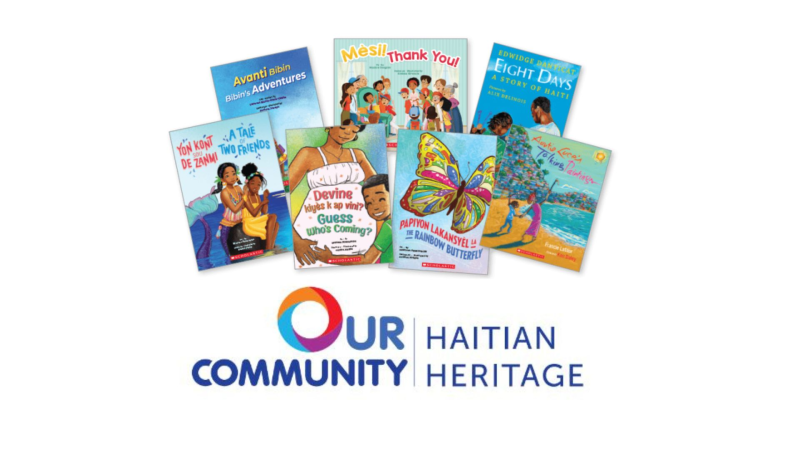Today is International Literacy Day (September 8) and we want to help children everywhere become lifelong readers.
Did you know that on average only one in three kids read books for fun 5-7 days a week? How can we get more kids reading more books for fun?
In light of this statistic, Scholastic released an infographic showing 4 universal tips that can get even the most reluctant reader excited about reading a book for fun.
- TIP #1: Let children choose their books: About 9 in 10 children ages 6–17 say they are more likely to finish reading a book that “I have picked out myself”
- TIP #2: Continue to read aloud – and often: Children ages 6–17 reported they love (or loved) read aloud time at home and the top reason was “it’s a special time with my parent.” While parents often stop reading aloud at age six, many kids ages 6–11 who were read books aloud to at home wanted reading aloud to continue.
- TIP #3: Be a reading role model: In each country, a powerful predictor of kids’ reading frequency is having a parent who personally reads and/or reads aloud to their child 5–7 days a week
- TIP #4: Find funny reads: “Make me laugh” is the #1 characteristic kids look for when picking out a book to read for fun.
The tips were complied from data gathered for the Kids & Family Reading Report™ U.S., U.K., Australia and India editions.
In a recent EDU@Scholastic post, Lois Bridges remarks about the importance of of not only getting kids to read more books for fun, but also about the vast number of people worldwide who cannot read:
While we can smile in agreement with these insightful findings, we must never lose sight of the people around the world who are far less fortunate. Vast numbers of both children and adults still can’t read. The UNESCO Institute for Statistics (UIS) reports that there are "758 million adults 15 years and older who still cannot read or write a simple sentence. Roughly two-thirds of them are female."
To learn more about The Kids & Family Reading Report (methodology of the surveys and other key data), visit www.scholastic.com/readingreport.

Scholastic






